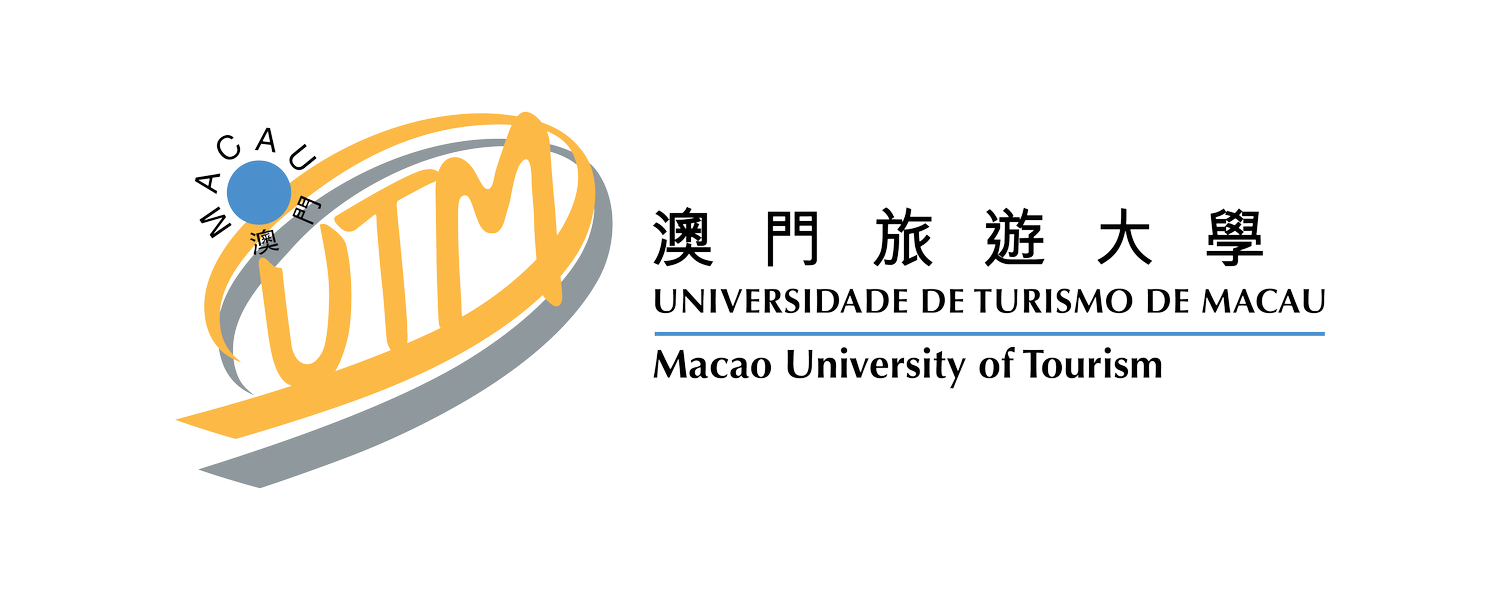Other reports
Employee length of service
Some employees stay only a few years in their organizations. On the other hand, it is rare to see employees stay many years, either. In this analysis, we examine employee length of service (LOS), measured in years, in Macau's various industrial sectors and overall. This report draws from the 2015 wave of the Macau Human Resource Monitor (MHRM) annual survey conducted by ITRC (with the exception of a few comparison graphs, which includes 2014 findings). For definitions of the concepts used in this special focus report, as well as details of the methodology employed and a profile of the study's respondent characteristics, please visit here.
a. average Length of service
The average length of service (or tenure) of Macao employees is 3.25 years. In two survey waves conducted in 2015 and 2014, the average period for service was almost unchanged. Figure 1 below shows the average for 2015 and 2014. After 3.25 years in an organization, the probability of any employee leaving begins to increase--the 3.25-year "itch."
B. promotion prospects and length of service
One factor influencing employee length of tenure is the opportunity to advance one's career or to assume higher organizational positions. In the 2015 MHRM wave, the survey queried respondents not only how many years they have been working in their organizations but also how many years they have been in their current position. See Figure 2. There is a close correspondence between these two statistics, Pearson correlation = .893 (p<.001). If internal opportunities for advancement in one's current organization are good, one would expect a divergence in these two statistics. For example, years in current position would on average be lower despite than years worked in the current organization.
C. Length of service across different sectors
Sectors such as manufacturing, gaming, and construction tend to have above average employee tenure in Macao. In contrast, the real estate, MICE and food & beverage sectors ten to have very short periods of employee tenure. Employees working in the hotel, leisure, and entertainment sectors also have short periods of tenure, on average around 2 years.
D. Is income a key variable for employees to stay longer at organizations?
Income is a strong determinant for longer employee tenure but at what level is it influential? Based on the 2015 survey data, we find that employees with income levels below MOP30,000 per month generally exhibit shorter periods of service years. Above the MOP30,000 monthly income level, employee tenure at organizations tend to significantly lengthen and stabilize. See Figure 4 below.
Of course, higher levels of pay are correlated with higher level roles and responsibilities in any organization. Thus, it can also be expected that employees assuming higher than middle or supervisory level positions in their organizations can be expected to stay longer, on average around 9 years. See Figure 5 below.
E. employee personal characteristics and length of tenure
Age, gender and, marital status, and the presence of children are influential in determining in employees' length of service in an organization. In general, employees below the age threshold of 30 years tend to have shorter length of tenure at organizations, stabilizing only after reaching beyond age 30 years. (See Figure 6.) Male employees also tend to significantly stay longer at organizations, compared to female employees (for male, the average is 3.7 years, for females, 2.9 years). See Figure 7. This is intriguing as it suggests female employees to be more susceptible to other factors influencing their decision to stay in organizations for shorter duration. Figure 8 below shows that having children (regardless of whether an employee is married or single) influences an employees tenure to be longer than having no children. Among those with children, however, being married increases the likelihood of staying longer in an organization, presumably for stability purposes.
F. Organizational factors and their effect on employee length of tenure
Of 5 organizational factors examined (security with job, social environment, supervisory quality, recognition, and pay or compensation) for their effects on employee length of service, two factors, satisfaction with job security and satisfaction with pay or compensation**, proved critical in distinguishing between employees who stay longer at their organizations (i.e., on average > than 3.25 years) and employees who do not stay for long. Other factors such as the social environment, supervisory quality, or recognition, did not arise as significantly distinguishing between longer versus shorter staying employees.
Conclusion
While it is normal for employees to seek better opportunities and environments to work in, it is essential to identify the factors that stimulate or inhibit such behavior. The following are the key takeaways from the MHRM 2015 survey:
- On average, employees in Macau stay 3.25 years in their organizations. Beyond this threshold, employees are likely to start jumping ship.
- Some industrial sectors foster more stable (i.e., longer staying) employees, while other sectors, including the hotel, leisure, and entertainment sectors are burdened with shorter staying employees.
- Promotion prospects, income, and one's position in an organization's hierarchy are key factors associated with length of tenure. This point is crucial because if organizations in one sector altogether increase the prospects for promotion, income levels, and offer higher level roles, that sector could be expected to suffer from shorter employee tenure.
- The personal (or demographic) characteristics of employees are also key: Employees above 30 years, male, and married with children are the most likely to stay longer at organizations. Though professional stability is often sought by employees at the middle or late stages of their life cycle and to be expected, organizations should set in place multi-life-cycle strategies to inhibit shorter tenure (or job-shifting), particularly toward those in their early life-cycles.
- The two most important organizational factors fostering longer employee tenure are pay and security. Both are essential. Increasing pay without enhancing job security--or vice-versa--may be ineffective in encouraging employees to stay longer.
-End.-
